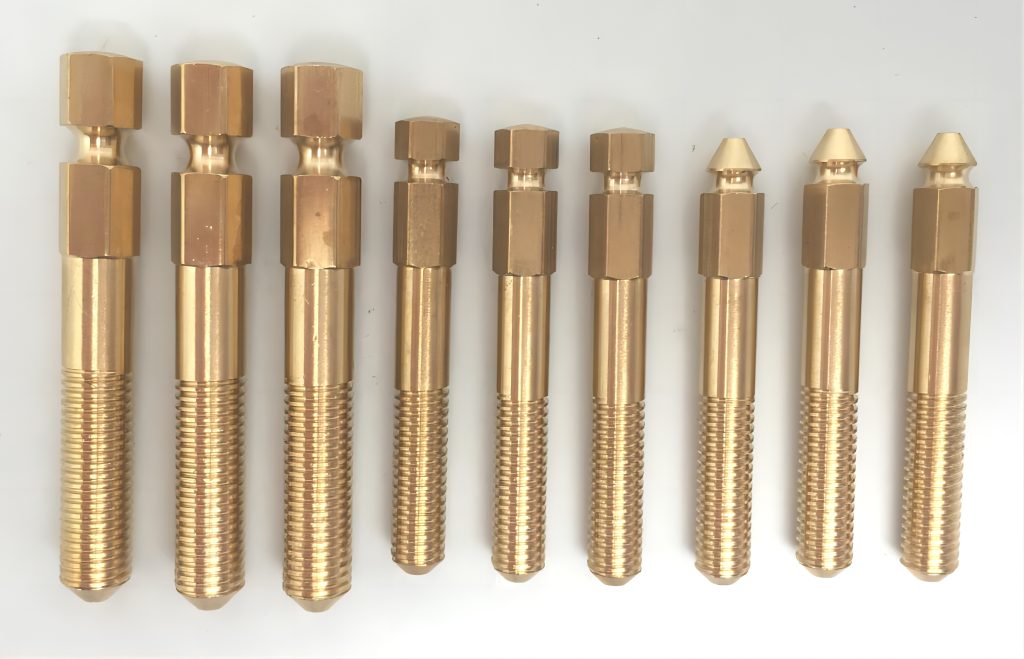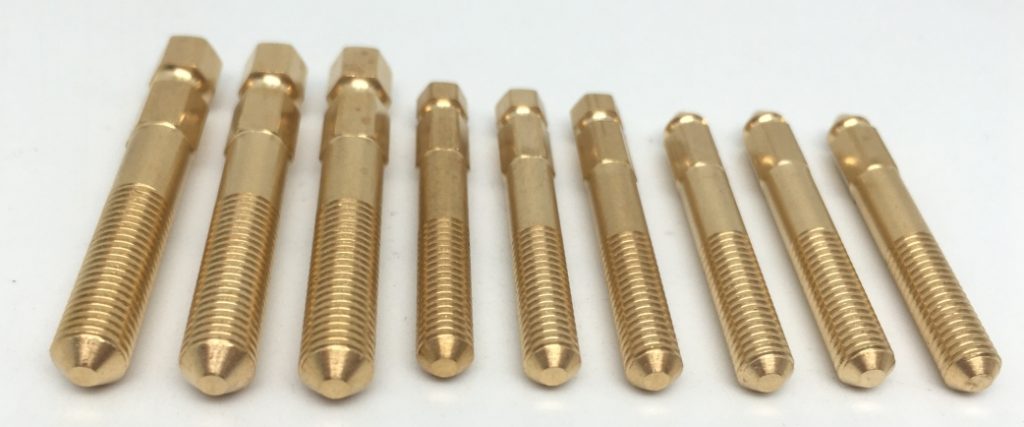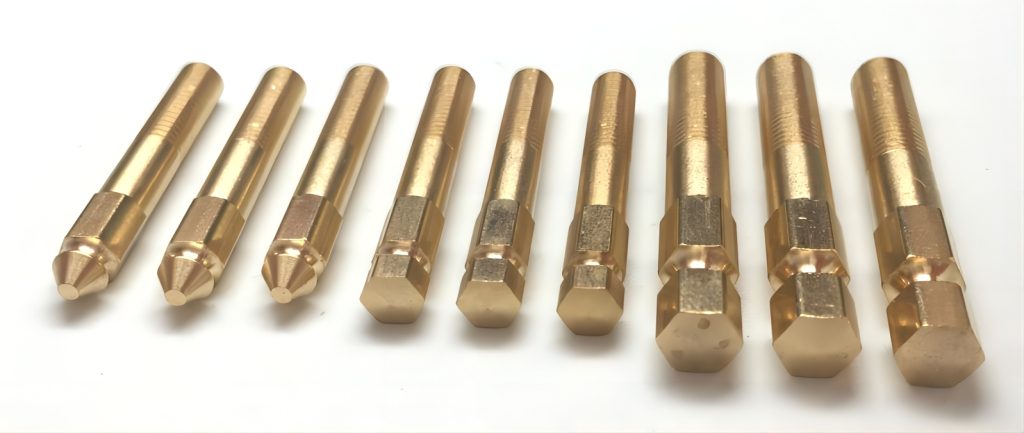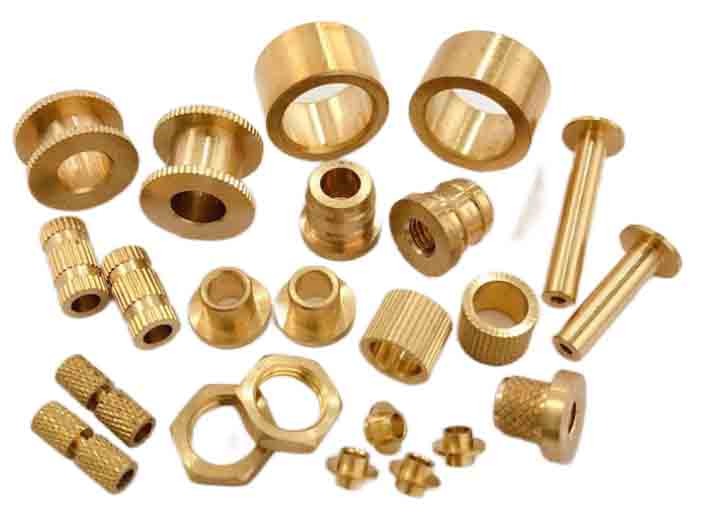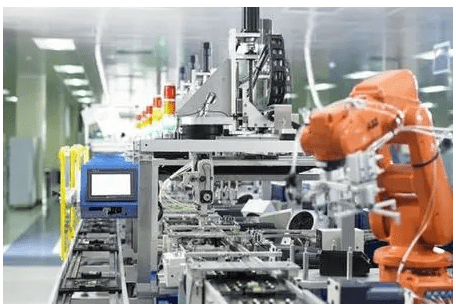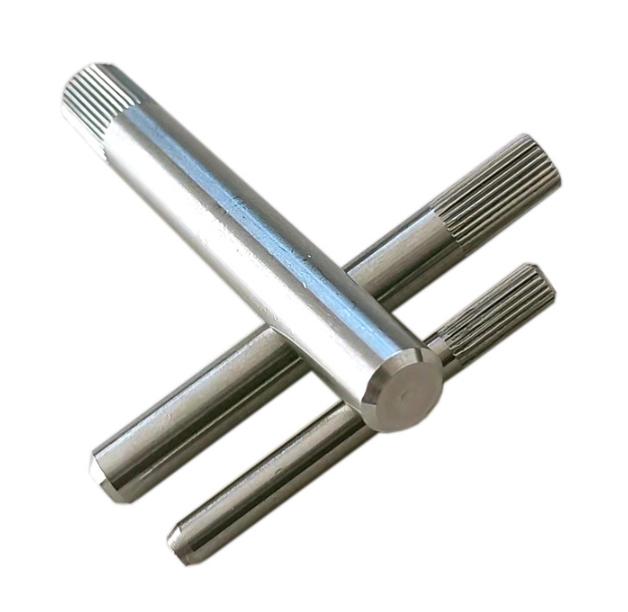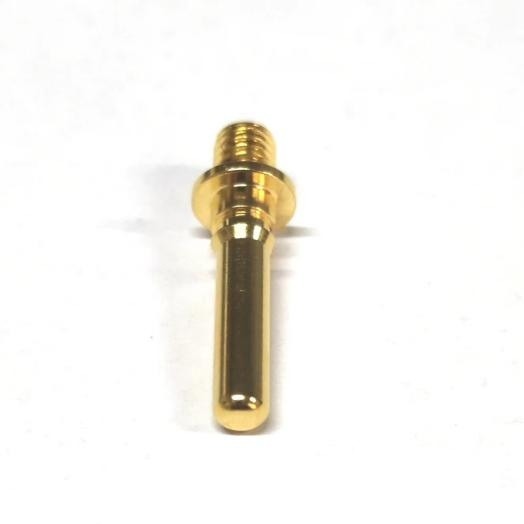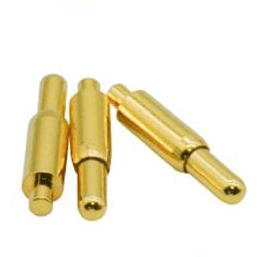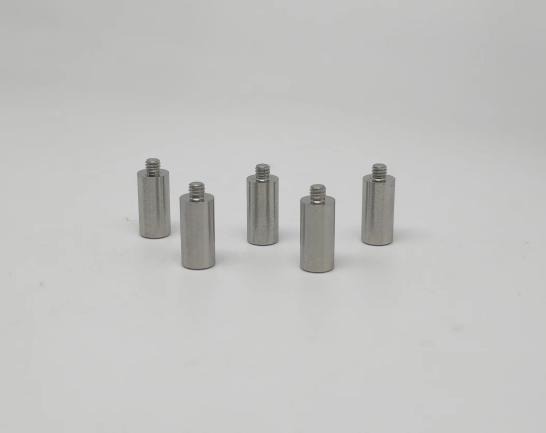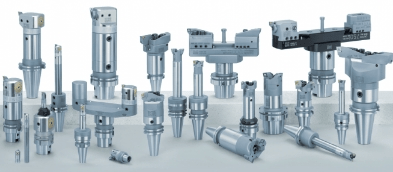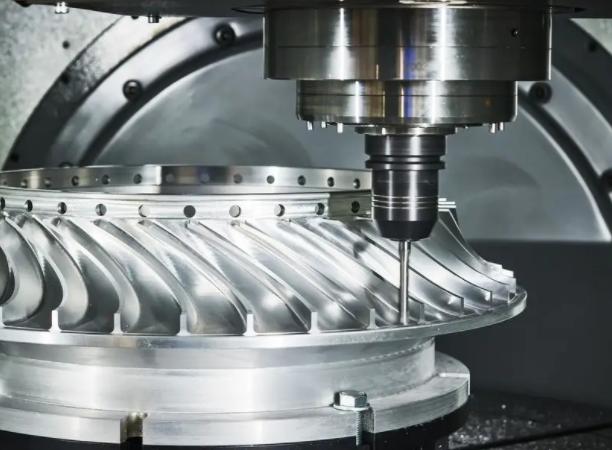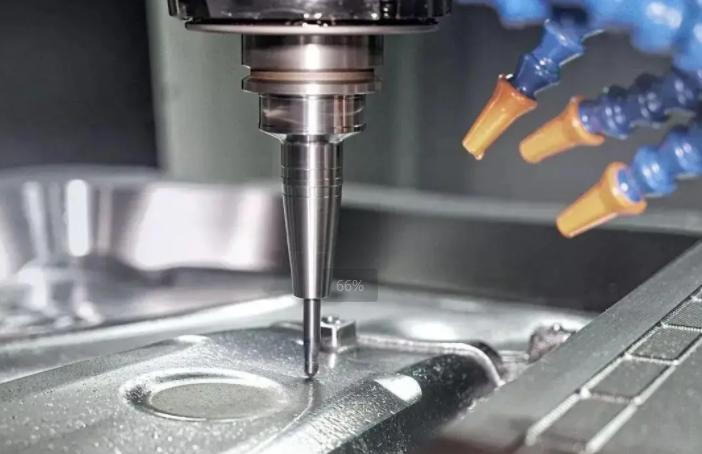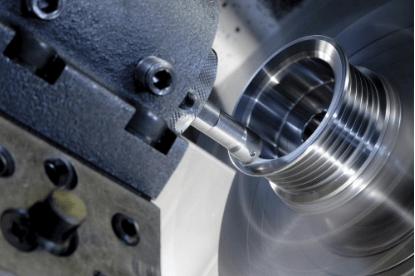CNC Harp Bridge Pin
Advantages of CNC Harp Bridge Pin
1. High fit
2. High strength
3. Smooth surface without burrs
4. Good accuracy
5. High stability when used with strings
Copper and copper alloys Used in CNC Harp Bridge Pin
Copper and copper alloys are generally classified into four categories based on color:
1. Red copper: Pure copper, also known as red copper, with a density of 8.96 and a melting point of 1083 ℃. Commonly used grades: T1, T2, T3, TU1, TU2, commonly used in electrical switches, electronic parts, etc. It has good conductivity and thermal conductivity, and excellent plasticity.
2. Brass: An alloy based on copper and zinc, commonly known as H59, H62, H65, H68, HPb59-1, with good cold working performance, high strength, and corrosion resistance to seawater. It is often used for corrosion-resistant parts in ships, as well as as for watch parts, valves, pipeline fittings, etc.
3. Bronze: Refers to copper alloys other than copper nickel and copper zinc alloys. Commonly used grades include B19, B25, BF with 0-1-1, BZ police 20, and BA13-3. It has good friction reduction and mechanical properties and is suitable for manufacturing high load and harsh parts such as bearings, worm gears, gears, and shaft sleeves.
4. White copper: a copper alloy with nickel as the main additive element; Good mechanical performance and corrosion resistance, beautiful color, and good thermoelectric performance. Widely used in the manufacturing of precision instruments, medical devices, chemical machinery, ship parts, clock parts, etc.
Although copper has different material grades, there is no need to worry about raw material issues when it comes to precision. Before processing each product, a professional colleague from the quality department will use a spectrometer to test the raw materials, confirm that the raw material composition is qualified, and then arrange production. This adds an extra layer of quality assurance.
More Professional Knowledge about CNC Harp Bridge Pin
What surface treatments can be done for CNC machining of copper parts and small batch customization?
Due to copper being a very active metal, it is easily affected by the environment. If it is in a humid or special environment, it is easy to oxidize, resulting in surface spots and even copper green, greatly reducing the appearance of the product. After CNC machining of copper parts, Dexin Precision can provide supporting surface treatment services such as passivation and electroplating of copper parts.
Passivation: As is well known, passivation has the function of preventing oxidation and corrosion, so passivation treatment for copper parts can effectively protect the surface effect of copper products.
Electroplating: Copper parts have excellent conductivity and are the most effective among all hardware materials. Electroplating can also enhance copper’s corrosion resistance, increase hardness, prevent wear, improve conductivity, smoothness, heat resistance, and surface aesthetics.
Which industries are CNC machining copper parts suitable for?
CNC machining of copper parts is generally applicable to industries such as bathroom hardware, gears, bearings, and turbine blades, power generation equipment, rail transit motors, control systems, electrical systems, and signal systems, as well as aerospace, electronic communication, home appliances, and automobiles. If you have high requirements for the physical properties of your product materials, copper will be a good choice for you.
Copper has excellent properties such as conductivity, thermal conductivity, ductility, corrosion resistance, and wear resistance, and is widely used in fields such as power, electronics, energy and petrochemical, machinery and metallurgy, transportation, and light industry. So what are the specific processing techniques for copper? The commonly used techniques for specialized precision include CNC machining, milling machine machining, lathe machining, grinder machining, wire cutting, electric discharge machining, etc. Each process is equipped to provide a more complete service, saving you time and worry.

